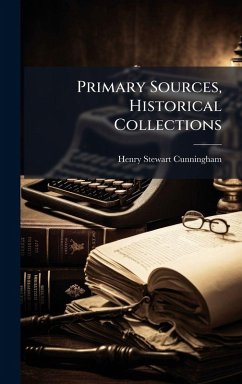Explore the life and times of Earl Canning, one of the pivotal figures in the history of British India. This meticulously researched account delves into Canning's tenure as Governor-General and Viceroy, examining his role during the tumultuous period of the Sepoy Mutiny and the subsequent reshaping of British policy in India. Written by Henry Stewart Cunningham, this volume from the 'Rulers of India' series offers valuable insights into the challenges and complexities of governing a vast and diverse land under colonial rule. With a foreword by T. S. Wentworth, this book provides a nuanced portrayal of a controversial figure, shedding light on his motivations, decisions, and lasting impact on the Indian subcontinent. A vital resource for historians, students, and anyone interested in the legacy of British colonialism. This work has been selected by scholars as being culturally important, and is part of the knowledge base of civilization as we know it. This work was reproduced from the original artifact, and remains as true to the original work as possible. Therefore, you will see the original copyright references, library stamps (as most of these works have been housed in our most important libraries around the world), and other notations in the work. This work is in the public domain in the United States of America, and possibly other nations. Within the United States, you may freely copy and distribute this work, as no entity (individual or corporate) has a copyright on the body of the work. As a reproduction of a historical artifact, this work may contain missing or blurred pages, poor pictures, errant marks, etc. Scholars believe, and we concur, that this work is important enough to be preserved, reproduced, and made generally available to the public. We appreciate your support of the preservation process, and thank you for being an important part of keeping this knowledge alive and relevant.
Bitte wählen Sie Ihr Anliegen aus.
Rechnungen
Retourenschein anfordern
Bestellstatus
Storno

